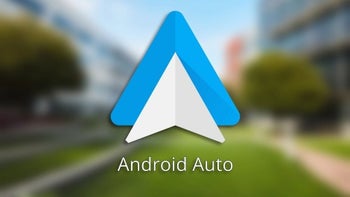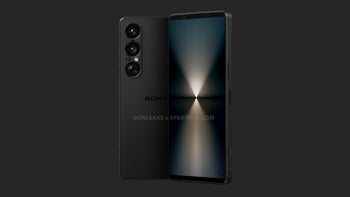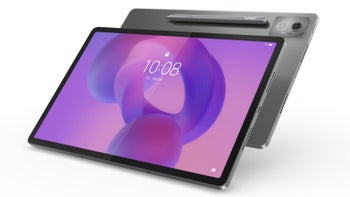Microsoft says more consumer-facing features are in store for Windows Phone 8 than what was shown

Microsoft's WP8 product manager Greg Sullivan said in an interview that its company is not like Apple, and can't just announce something and have it final on the shelves in a few weeks, since it has to work with many hardware and software partners.
Therefore, he said Windows Phone 8 is still a work in progress, and its consumer-facing features will be more when the release time comes, compared to what was shown during last week's Developers Summit when WP8 was announced: "We showed a lot at the Sneak Peek event, in San Francisco, if you were a developer or an IT pro. Of the end-user consumer visible features and capabilities, we showed a minority of features at the event."
This revelation probably means that besides the new home screen we might actually get acquainted with that arched keyboard that leaked yesterday, and maybe a lot of other stuff that we will be patiently waiting for. Greg Sullivan also offered some insight into the decision-making process when developing Windows Phone the way it is now, before the rich hardware support of WP8:
We didn't [go with Windows architecture] because of a couple of dynamics that made it infeasible to do that at the time. The first is that Windows wasn't on ARM at that time. Could the phone team have down it? Yes I suppose, but that work hadn't been done yet.
The other reason is that the work we've done on Windows Phone 8 and the processors are different in a meaningful way from the previous generation or the ones that we are shipping on today.
At a risk of over simplifying it, the work on the SOCs [phone processors] today is hierarchy dominated by the modem chip and the apps processor is secondary to it, in the next generation that relationship is reversed and the apps processor is the boss.
The other reason is that the work we've done on Windows Phone 8 and the processors are different in a meaningful way from the previous generation or the ones that we are shipping on today.
At a risk of over simplifying it, the work on the SOCs [phone processors] today is hierarchy dominated by the modem chip and the apps processor is secondary to it, in the next generation that relationship is reversed and the apps processor is the boss.
"In 2009 it didn't seem a good idea to wait for multi-core processor support," Sullivan argued, since Apple's iPhone and Google's Android were already getting significant traction, and Microsoft wanted to setup its mobile efforts to get its foot in the door, and do the catching-up later, like it is doing now with Windows Phone 8, which will offer the multicore (up to 64 cores) and HD screen resolution support that the competition already does.
source: Pocket-lint













Things that are NOT allowed: